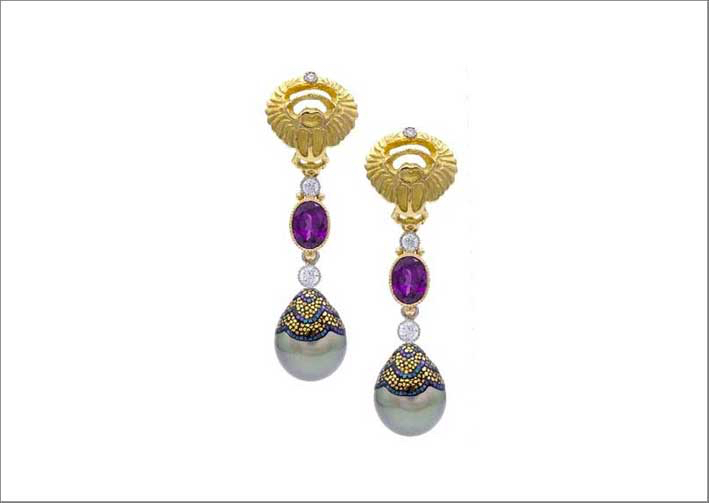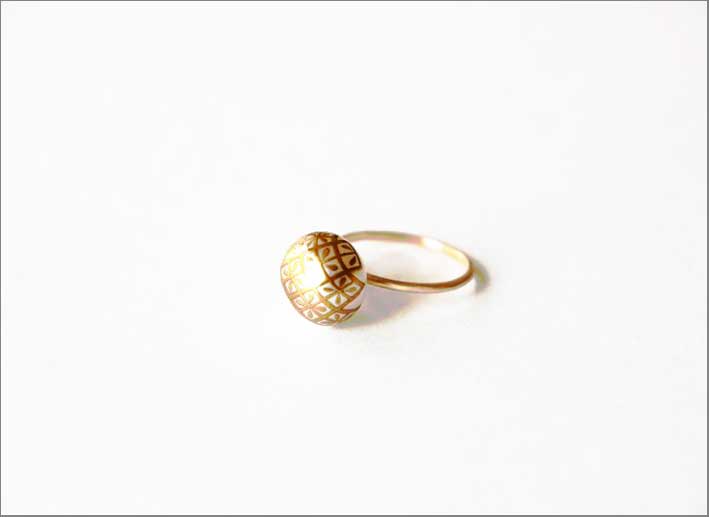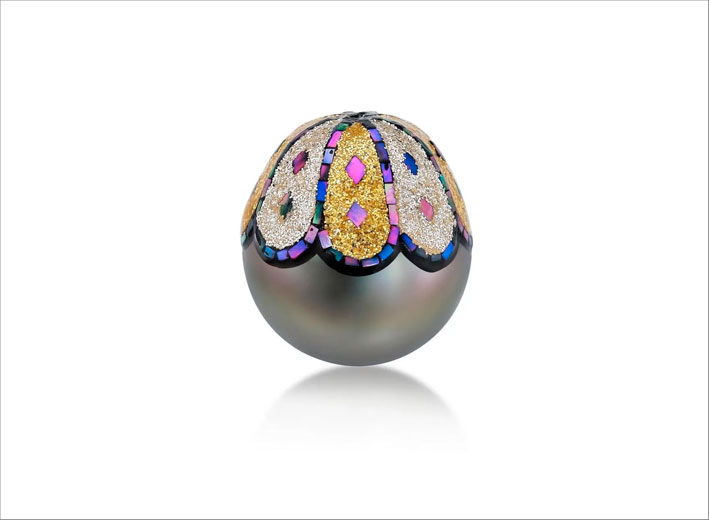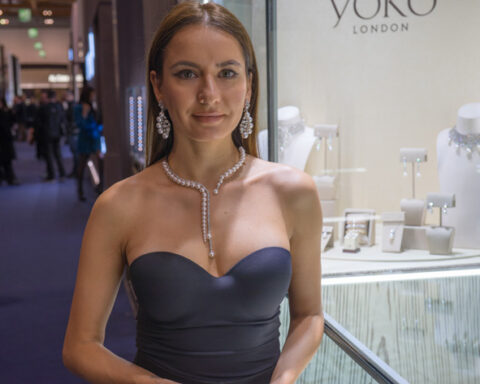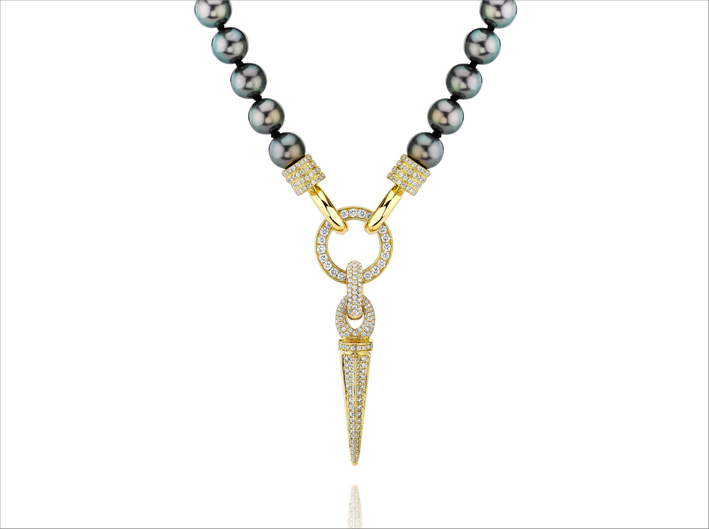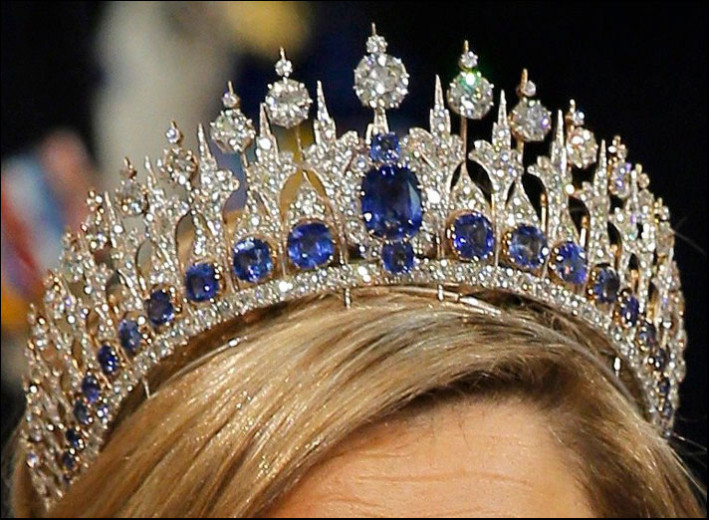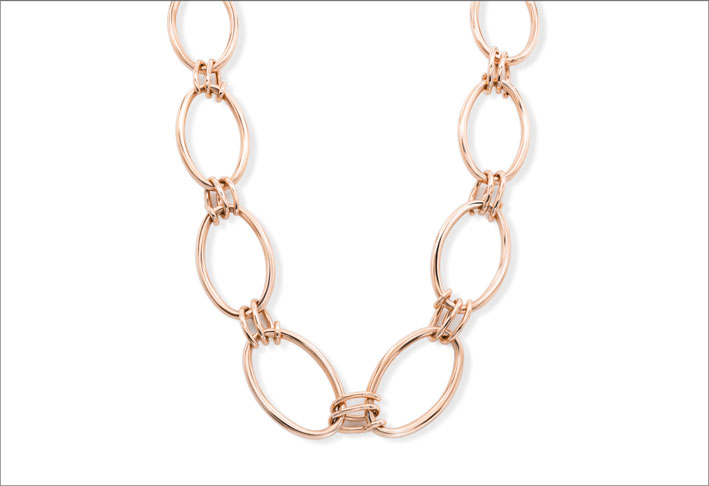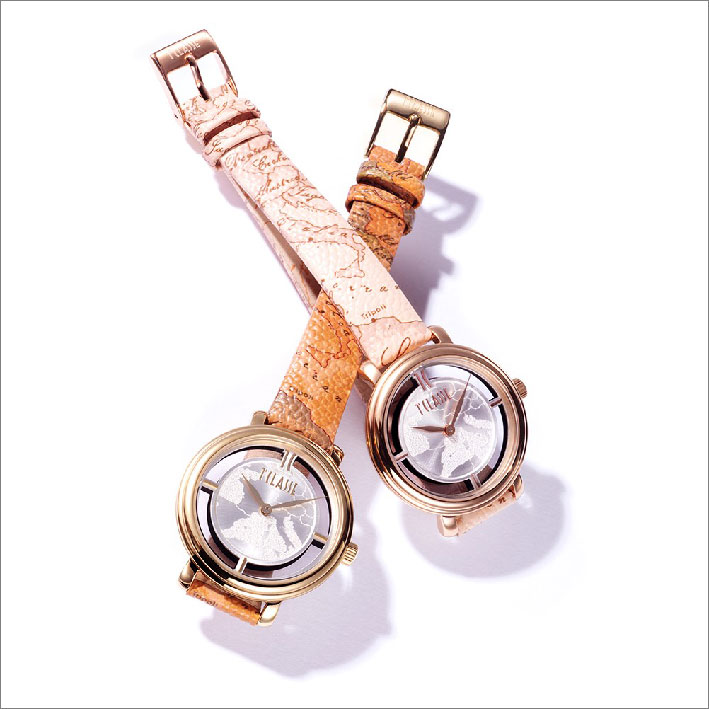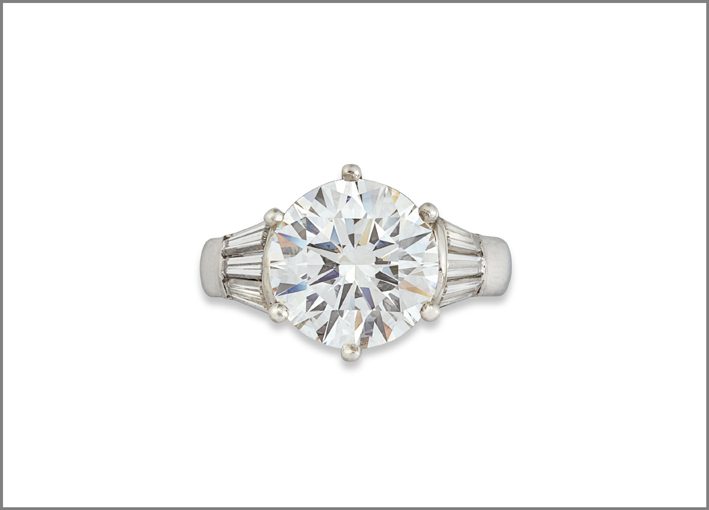The word maki, in Japanese, means roll, as those who frequent sushi restaurants know well. Maki-e, instead, indicates an ancient pearls manufacturing technique. It is quite rare technique and often is associated with a mosaic processing.
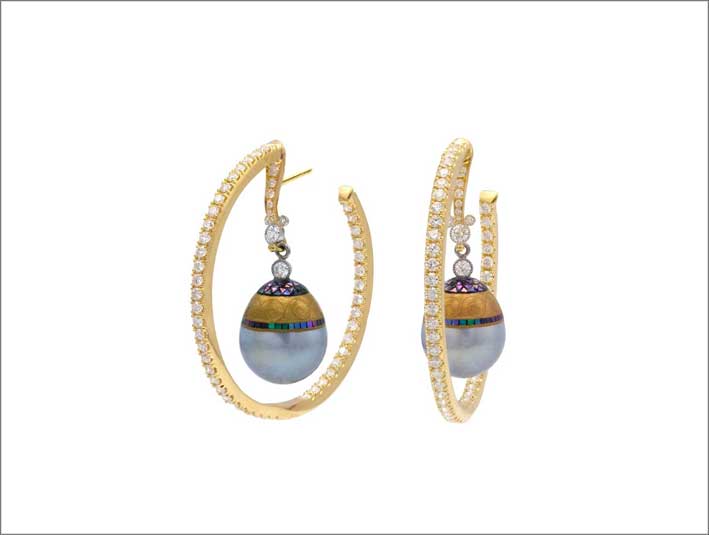
This technique consists in adding lacquer and 24-karat gold powder paint and tiny abalone tesserae to the pearls. The result is small decorated and even more precious pearls. Maki-e, in particular, is a painting technique developed a thousand years ago in Japan. The lacquer is applied to the surface of the pearl, and then mixed with gold or silver powder paint. The mosaic applied to pearls is, however, a more recent technique, but is often used together with the maki-e process. Only South Sea pearls are used to create these creations.
Maki-e is a traditional Japanese decoration technique from the Edo period. Each bead is hand decorated using a combination of Urushi lacquer (from the Japanese Urushi tree), 24k gold dust and abalone shell.
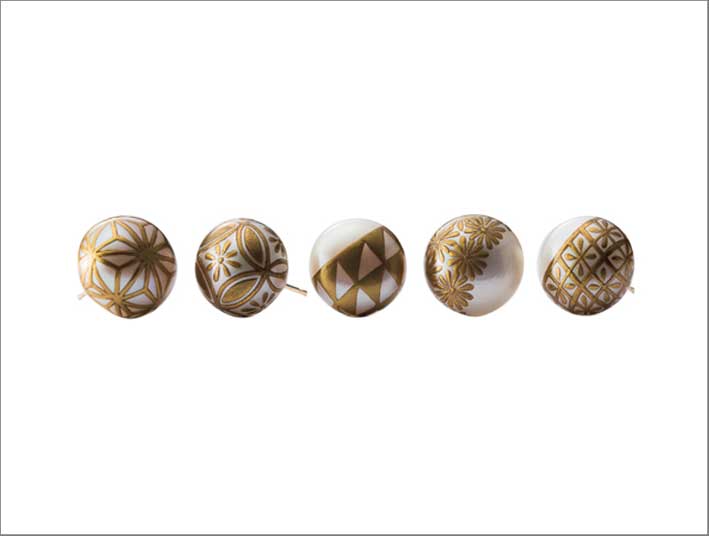
If you have never seen a pearl worked in mosaic or painted with the maki-e technique don’t worry: they are very rare. In the world there are only four manufacturers of pearls decorated in this. In the US, Eliko Pearls distributes these pearls, which sells them at a price between 300 and 1200 dollars each.
